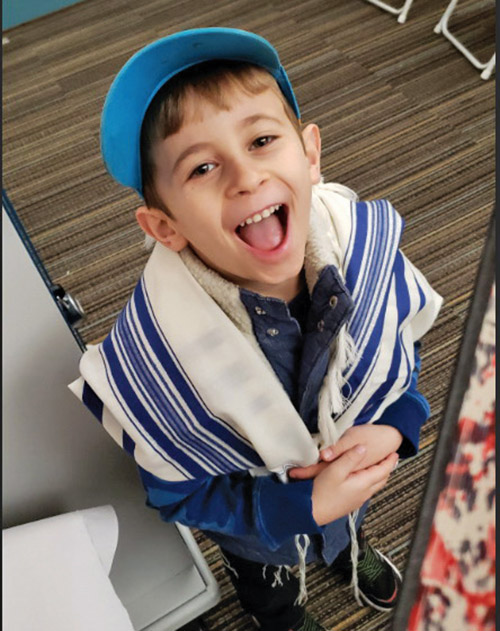


One of the prominent underlying themes in Sefer Bereshit is the pursuit of achdut and love among brothers, which we read about during the latter half of the sefer. Yosef and his brothers undergo an extended, challenging saga, about which Chazal note, could have at least partially been prevented through effective communication, and more broadly, by understanding each other’s perspective. When there’s no engagement, dysfunction sets in and it’s only a matter of time before a full fledged conflict ensues.
This idea holds true in businesses, marriages, sibling rivalries and is certainly critical on a national level as well. We in the Teaneck/Bergenfield Jewish community, are grateful that the shul rabbis get along and while there are so many different options for education, we have been accustomed to focus on that which we have in common versus recognizing and/or highlighting our differences. It simply feels safer and more comfortable to look past that which sets us apart socially and religiously.
In analyzing the placement and order of the precious gems of the Kohen Hagadol’s choshen, breastplate, there are over two dozen opinions (31 to be exact) as to which stone was placed where on the breastplate. The 12 stones represent each of the brothers/shvatim, and while many opinions assert that the stones were in order of the brothers’ birth, others maintain otherwise. Interestingly, there is an opinion that they were intentionally not placed in birth order but were scattered in a methodical way which highlighted their unique differences and upbringing. While this concept is counter intuitive in that generally speaking, people’s differences drive them apart – that being precisely what drove the division within the brothers, this opinion encapsulates and celebrates the definition of the now famous term “melting pot.”
Oftentimes, our differences can engender a feeling of division, distance and observing those very beautiful “discrepancies” in our traditions may cause the observer to view them as “weird” or “odd.” At a closer glance, however, and through education and mutual understanding, these can help unite us and showcase our depth, versatility and uniqueness.
On Tuesday, December 24, Yeshivat Noam debuted an exciting new Sefardic minyan in middle school. Thanks to Rabbi Chaim Hagler, Rabbi Yitzchok Motechin and Rabbi Benjy Drory, students (Sefardic and Ashkenazic alike), some of whom were accompanied by their fathers, attended and participated in a lively tefillah, richly sprinkled with singing, Hallel, melodic leining, ruach and of course, capped off with doughnuts.
The room was full of vibrant talmidot and talmidim who participated in every element of the davening. It was especially impressive to witness a 14 year old young man, masterfully read the Torah in a Yerushalmi nusach with charisma, conviction and confidence. There was a palpable buzz in the room as the students prayed using a variety of Edut Hamizrach siddurim, some of which were graciously provided by Shaarei Orah, The Sephardic Congregation of Teaneck. There were several new Artscroll Sephardic siddurim on display as well.
Yeshivat Noam now plans to roll out this wonderful tefillah once a month on Rashei Chodashim and demand is likely to increase.
By Elad Cnaan
�













